There are people out there who have suffered through severely cold weather, frost building up on their faces and the fear of frostbite in the back of their minds. These people have gone through what seems unimaginable. Even so, they put themselves in that situation; Who would do that? Located in International Falls, Minnesota, participants of the “Arrowhead 135,” would.
The documentary “40 Below: The Toughest Race in the World” features racers competing in a 135-mile race by running, biking or skiing in brutally cold weather within no more than 60 hours. This film was directed by Marius Anderson and produced by Marius Anderson, London Road Films and Northwestern State University of Louisiana’s very own professor: Melody Gilbert.
Gilbert has produced 18 documentaries, some of which are her own and some for other filmmakers. With the experience she has had, she was of great help to Anderson when making the film and gaining viewers.
“I did so many things as a producer, including writing the logline and synopsis, arranging rough cut viewings and feedback sessions, film festival premieres and other screenings and even recently getting distribution through Cargo Film & Releasing,” Gilbert said. “I’m happy that I could lend my experience to help Marius because I could see the potential in the film from the beginning.”
Gilbert spoke proudly of both Anderson and the film. By watching the documentary, it is clear to see the hard work that went into making it. On Feb. 5, there was a public screening of the film, where students and even staff were encouraged to attend.
“It was so fun watching students respond to the screening at NSU,” Gilbert said. “Nothing is better than showing something you helped create in front of an audience because you are sharing part of yourself.”
It was obvious the attendees of the screening were invested in the documentary. Members of the audience shook their heads in disbelief as the film presented the first runner in the race to reach a checkpoint.
The effective drone shots throughout the film made evident how strenuous the race was, as the runners, bikers and skiers seemed so small compared to the snow-covered path. Additionally, there were numerous scenes showing the ice-covered beards and eyelashes on the racers’ faces.
Whether they be about the difficulty of the filming process or the difficulty of the race, students were able to ask director Anderson questions over a video chat.
One audience member compared Anderson’s struggles to the racers’ because he was outside filming in the harsh weather conditions. With this, he asked how Anderson, and his crew of three men approached the situation.
“Before the race, a local news anchor said, ‘don’t go outside unless you absolutely have to,’ and that’s when we started the film,” Anderson said. “I knew that it was going to be something that we’d just kind of jump on and try our best for.”
Despite the harsh conditions, Anderson knew that filming this documentary was something worth continuing. “I wanted to find out more,” he said. “Why do people volunteer to do this?”
Another attendee commented on how good the audio was when the racers were speaking, so they wondered how this could be done without interfering with the race. When Anderson revealed they did not have a microphone attached to any of the racers during the race, the audience was impressed.
However, this was not the only thing that provoked reaction from the audience. Not only was the audience impressed by the filmmaking process, strategies and results, but they were also inspired by the storyline Anderson captured.
A variety of people who came to watch the documentary and participate in the Q&A with Anderson left the screening feeling motivated, including NSU student-athlete Jordan Brown.
Brown, a junior communication major, is number 23 on the Lady Demon Basketball team. Before transferring to NSU, though, she was forced to miss out on basketball seasons due to tearing her anterior cruciate ligament (ACL) two years in a row.
“The process was very hard and emotional and stressful; The rehab was treacherous, almost like what the racers went through,” Brown shared with the audience. “But I kept persevering like everybody in the film because of my passion for the sport.”
The documentary highlights many different racers striving to complete the race; The main subjects were racers Bill and Leah. Anderson captured Bill’s personal life in depth, so the audience knew the adversity Bill faced and he became one of the racers viewers developed an emotional connection to. Despite always being unable to finish the race in attempts prior, Bill tried again in this documentary while keeping and sharing the mentality of following one’s dreams.
“What Bill said about never wanting to give up reminds me just how much I love basketball and I want to keep at it,” Brown said. “What doesn’t kill you makes you stronger.”
The way that Anderson presented the subjects’ stories allowed the audience to relate to them and gain motivation from their stories. The audience at the documentary screening related to Bill, most particularly, as people commented and questioned how Bill keeps his motivation despite all he had faced.
Brown elaborated on the impact the film had on her.
“It’s good that he made this documentary because a lot of people, like athletes, would really benefit from watching these types of films,” Brown said. “I always want to see what other people are going through or who are in similar situations to mine so that I know that I’m able to accomplish it – I’m able to beat two ACL surgeries and still play basketball.”
The racers’ perseverance, despite the intimidating race ahead of them, led Brown to leave the documentary screening feeling motivated. The documentary itself left students feeling encouraged to drive toward their goals, just as the racers did. Without Anderson, Gilbert and the others who assisted in filming, producing and editing the film, viewers get to witness the perseverance of individuals chasing their dreams.
For more information about the documentary, “40 Below: The Toughest Race in the World,” and to keep up with screenings and events, visit 40belowmovie.com or email g[email protected].

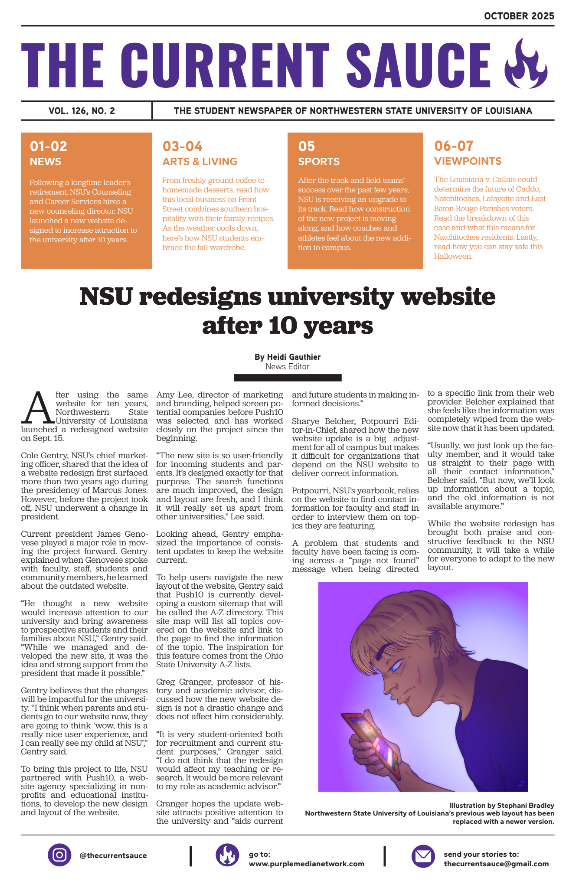



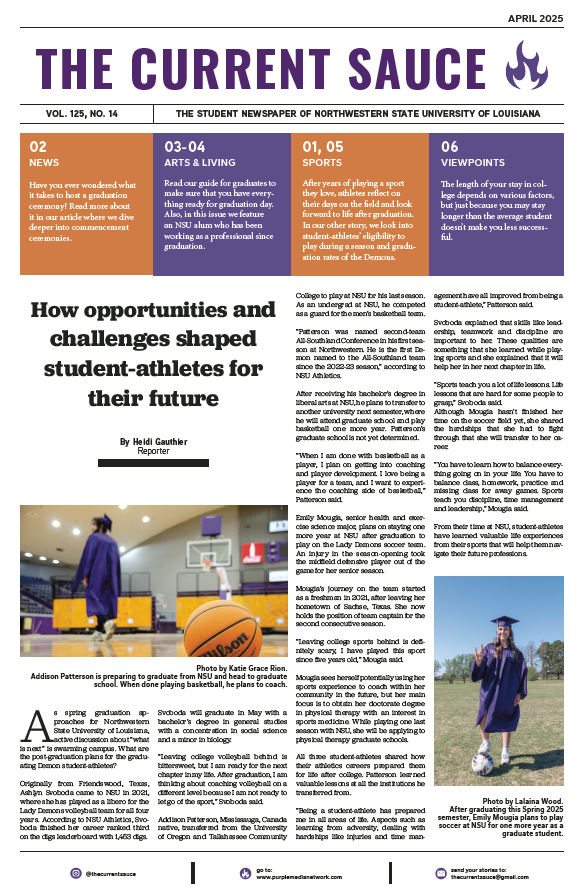
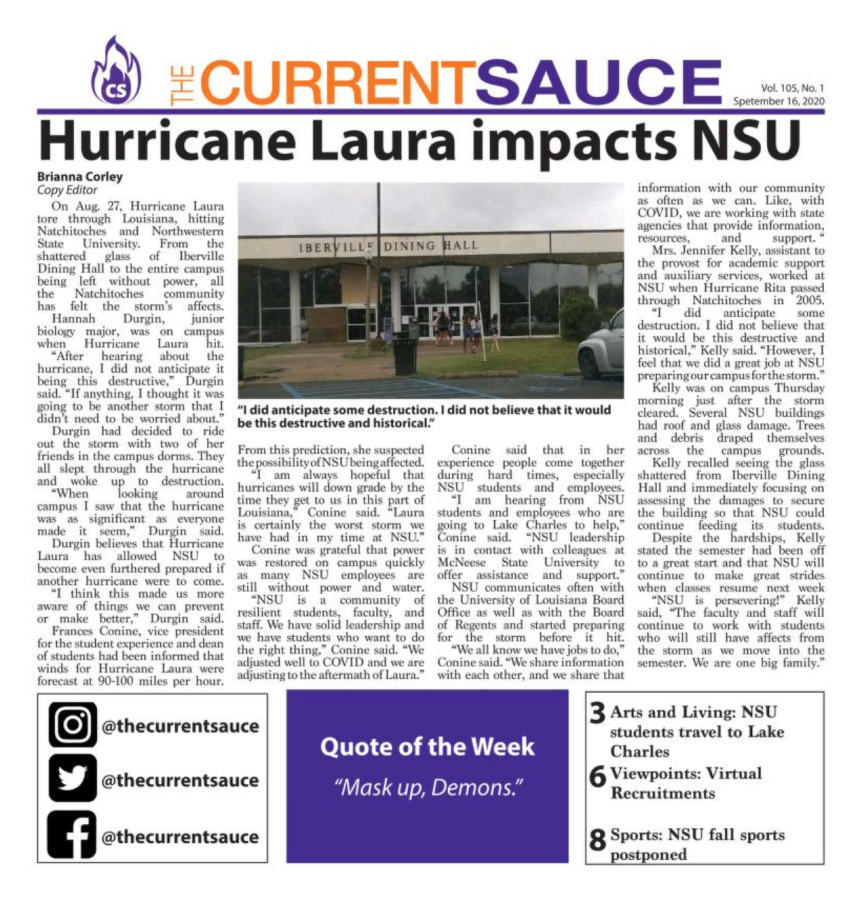
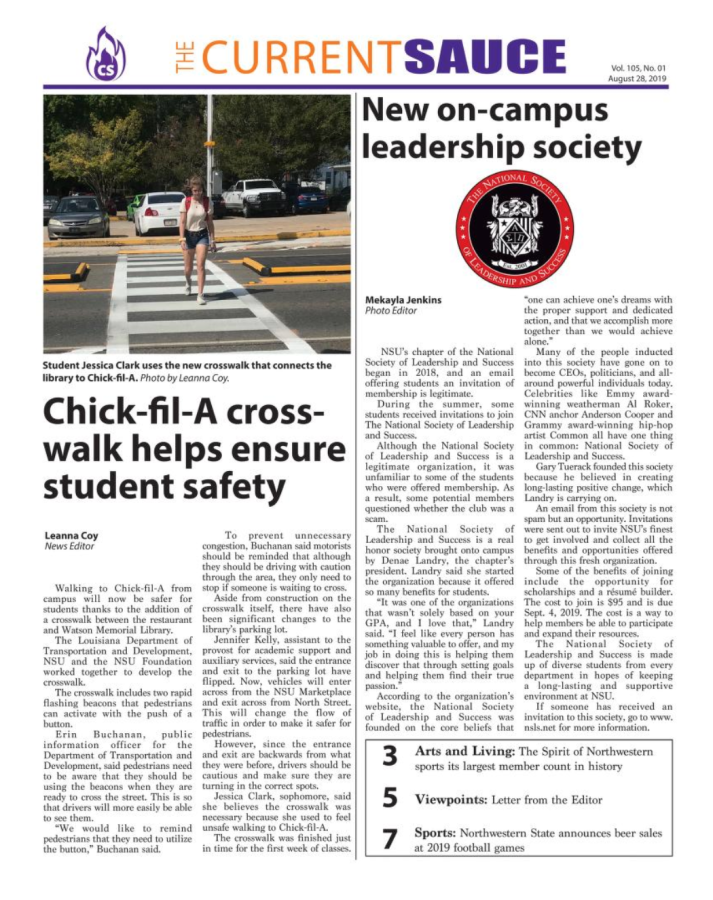
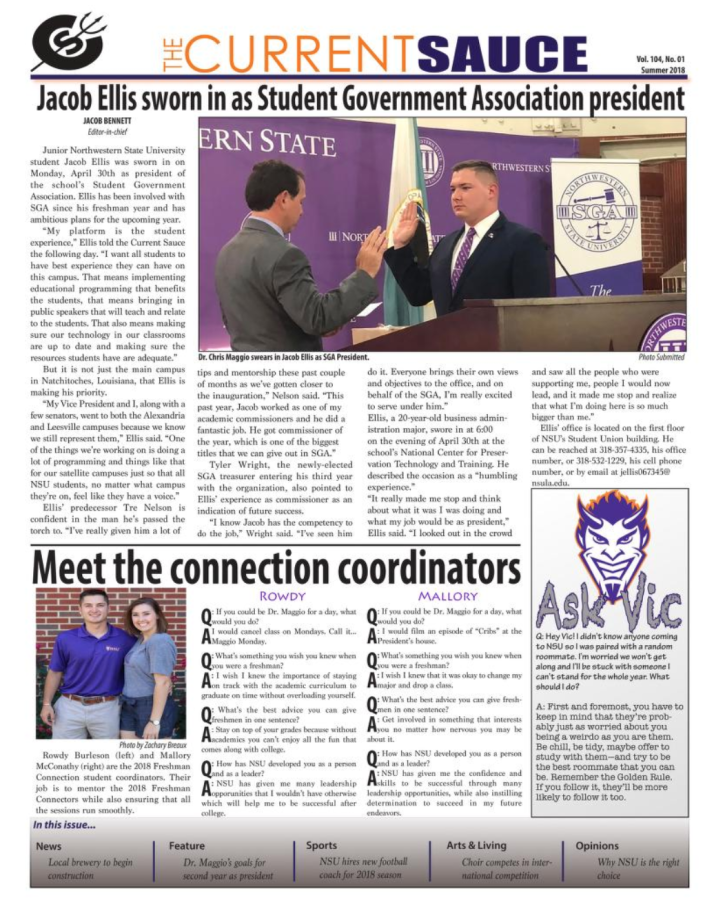
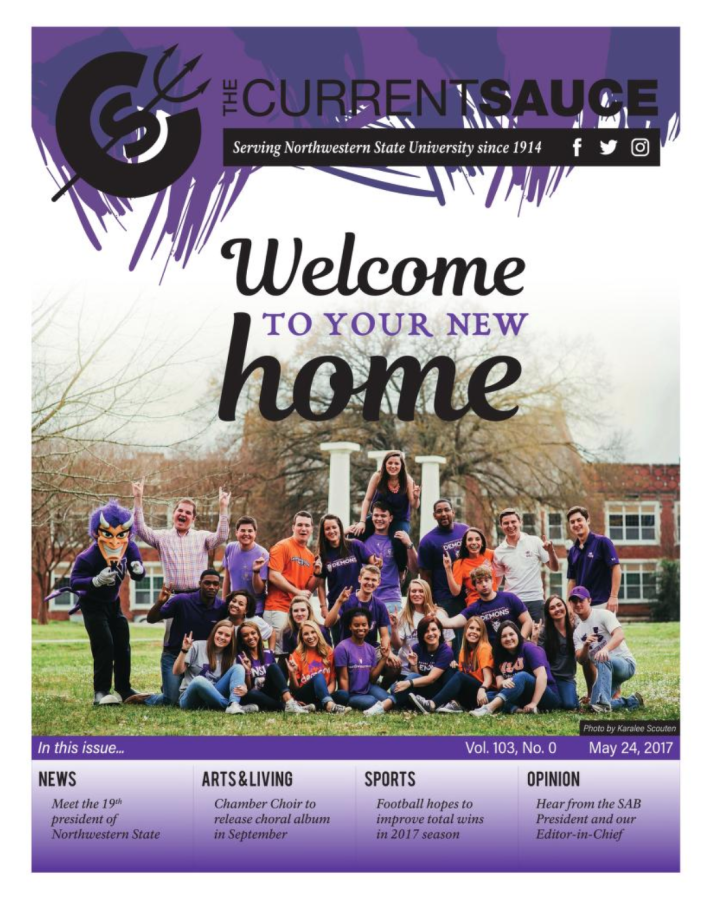
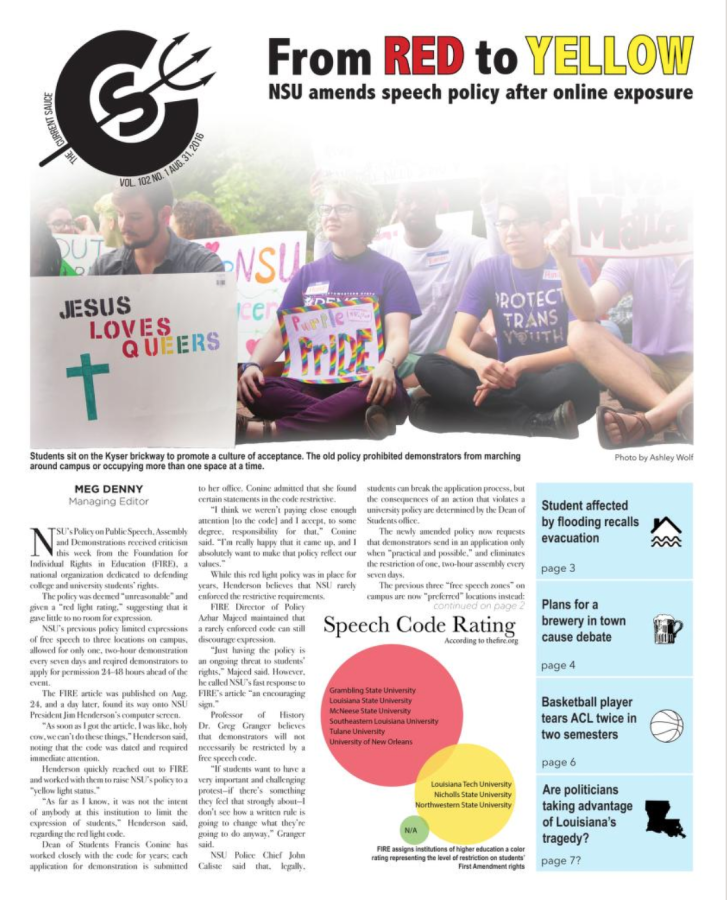
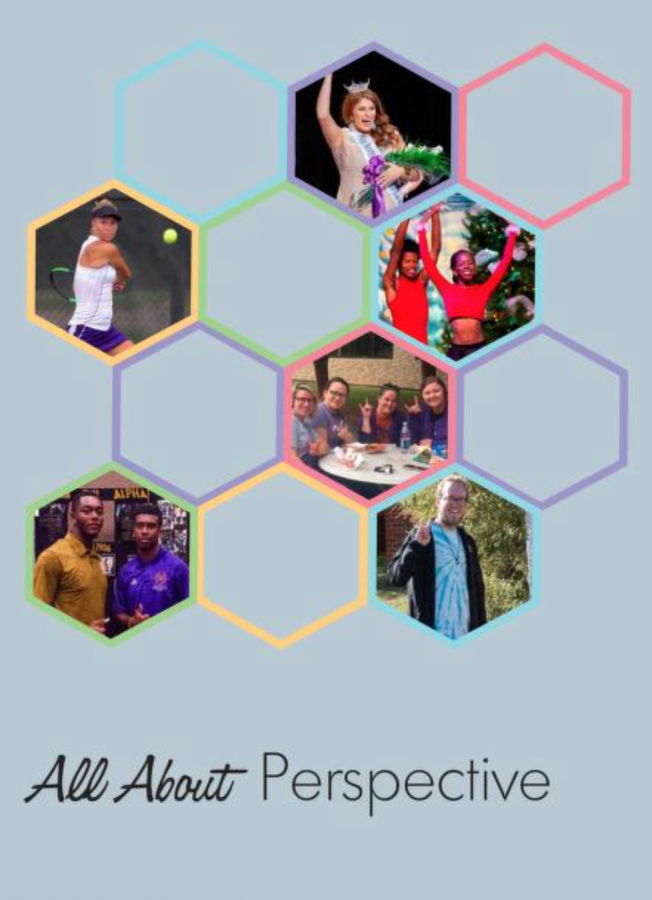
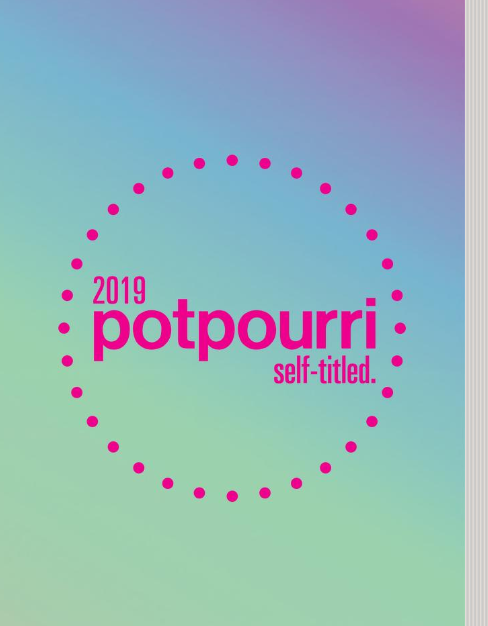
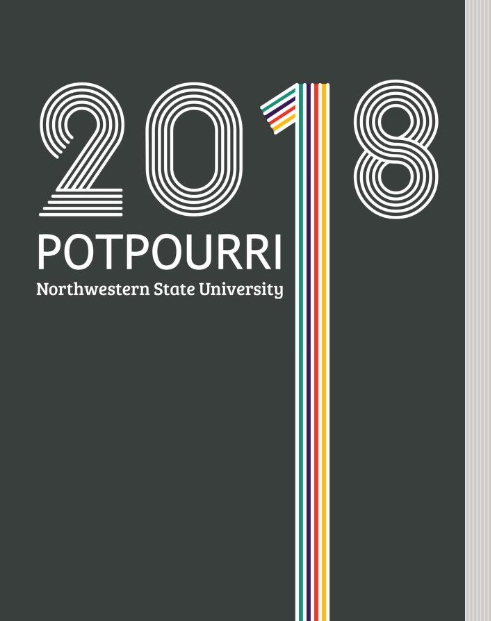

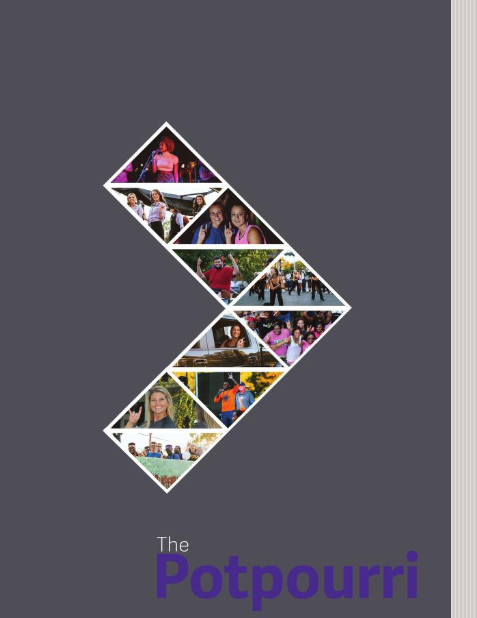
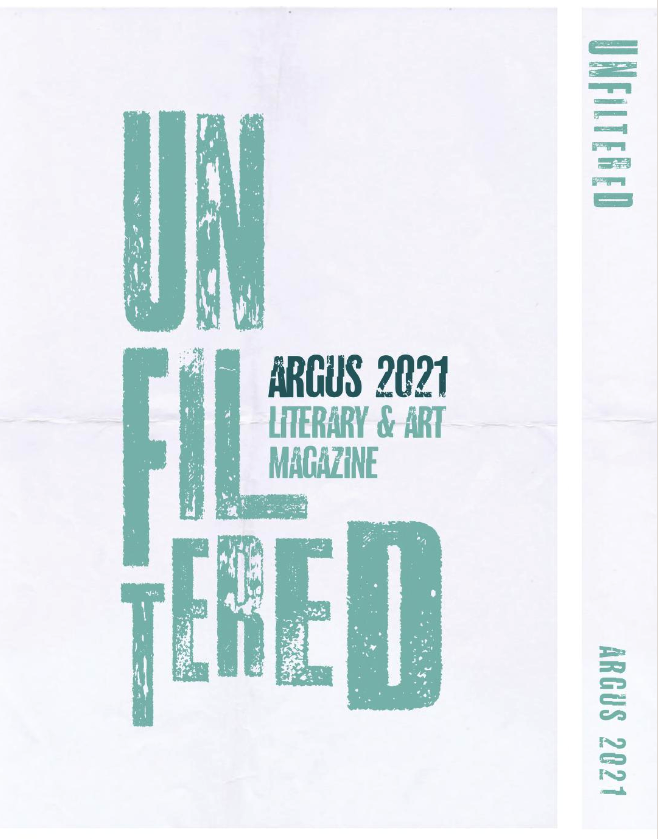
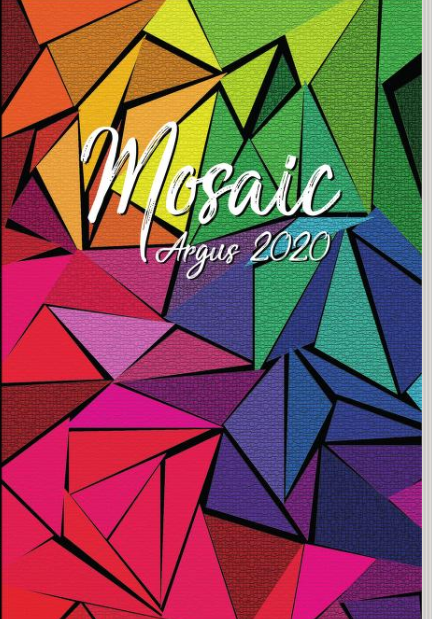

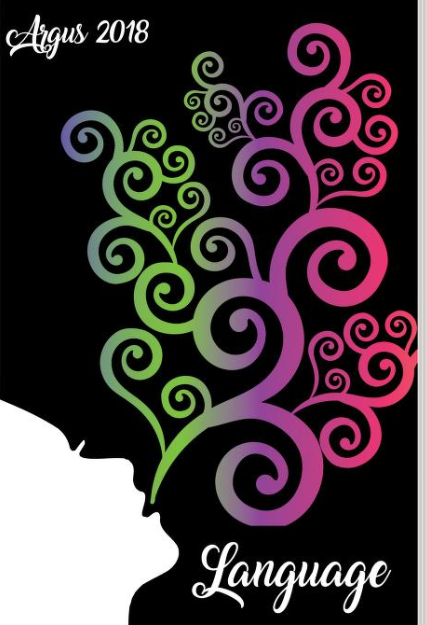
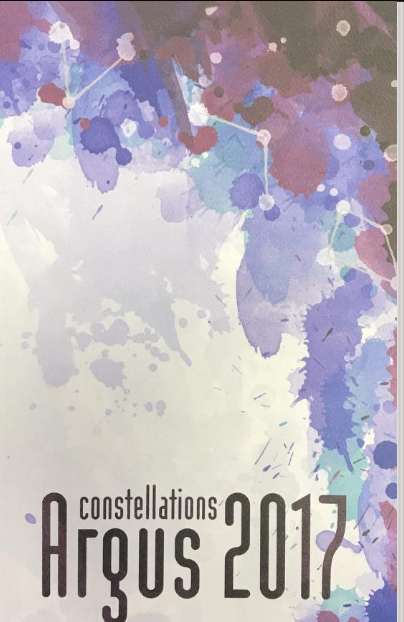
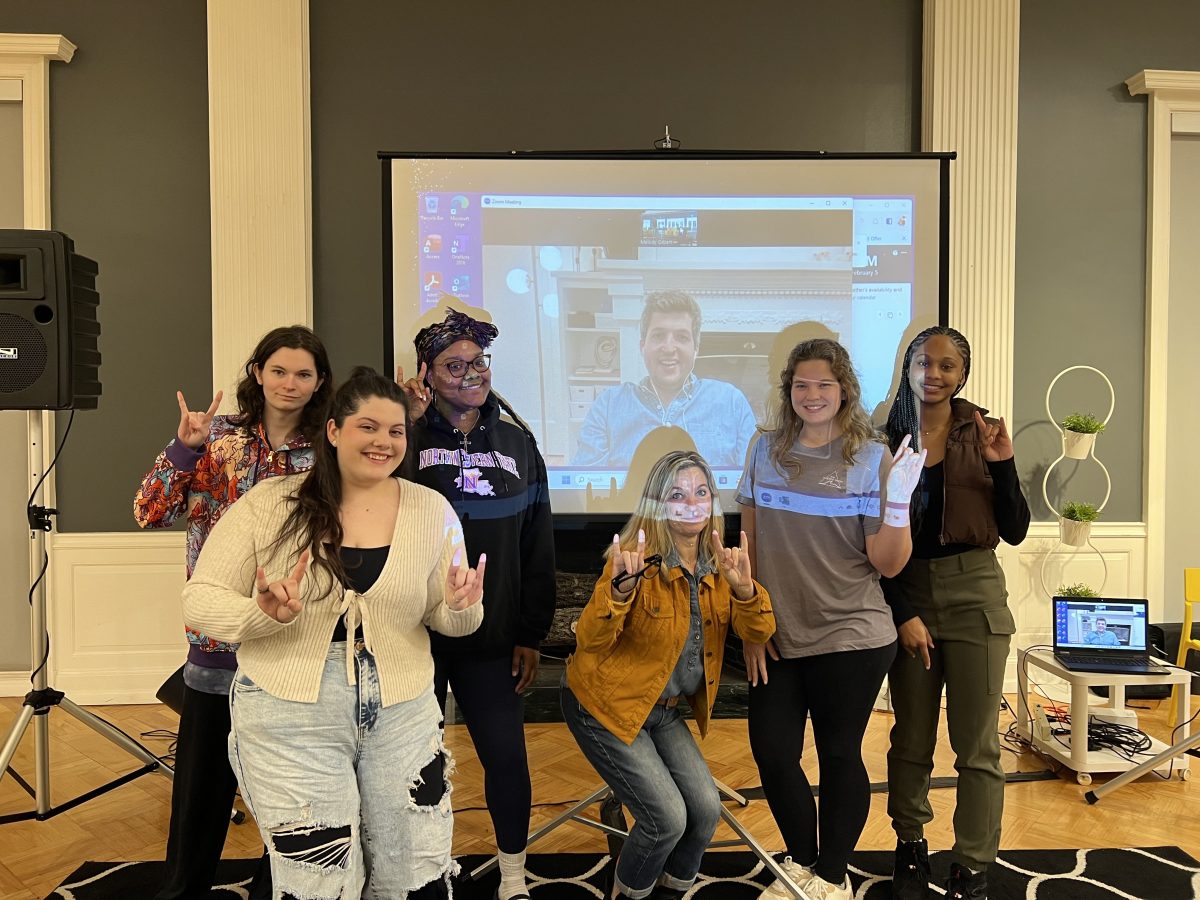

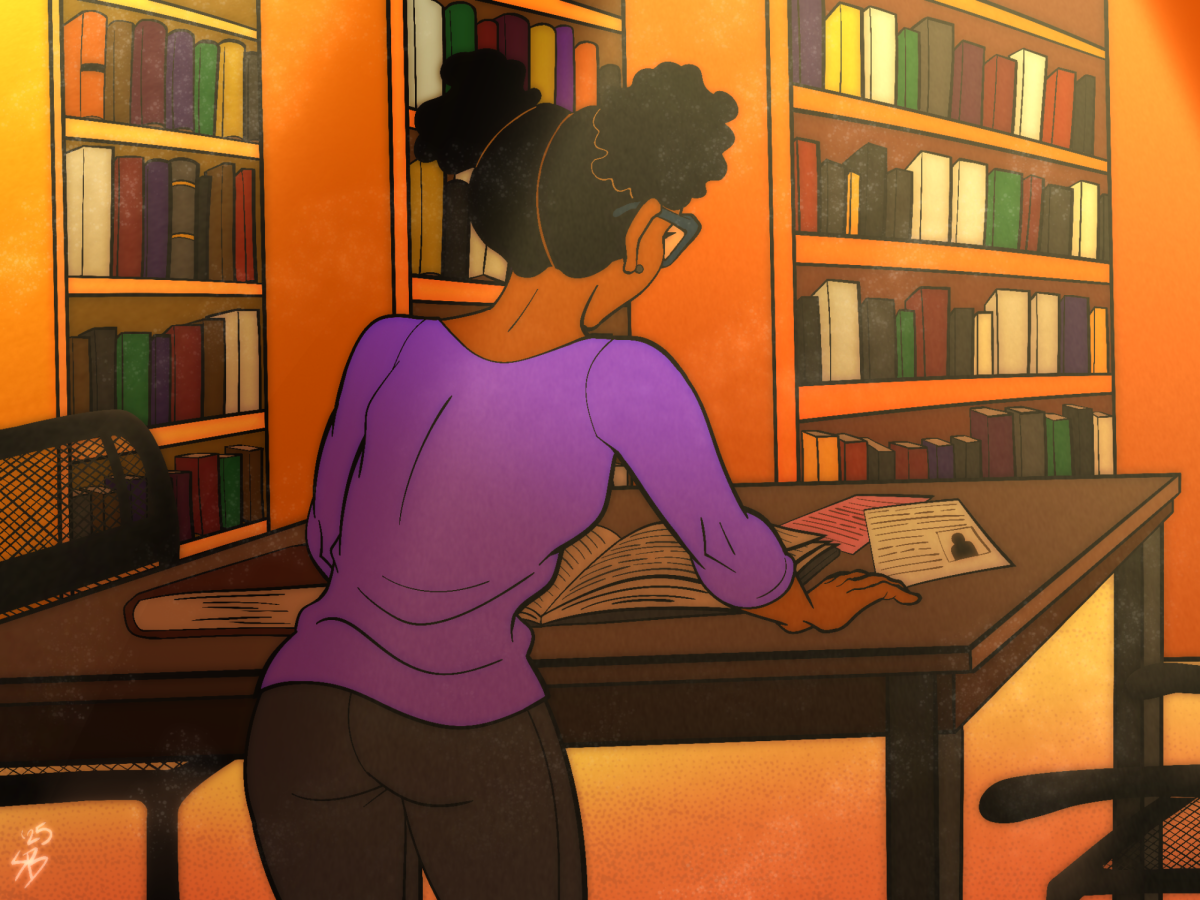

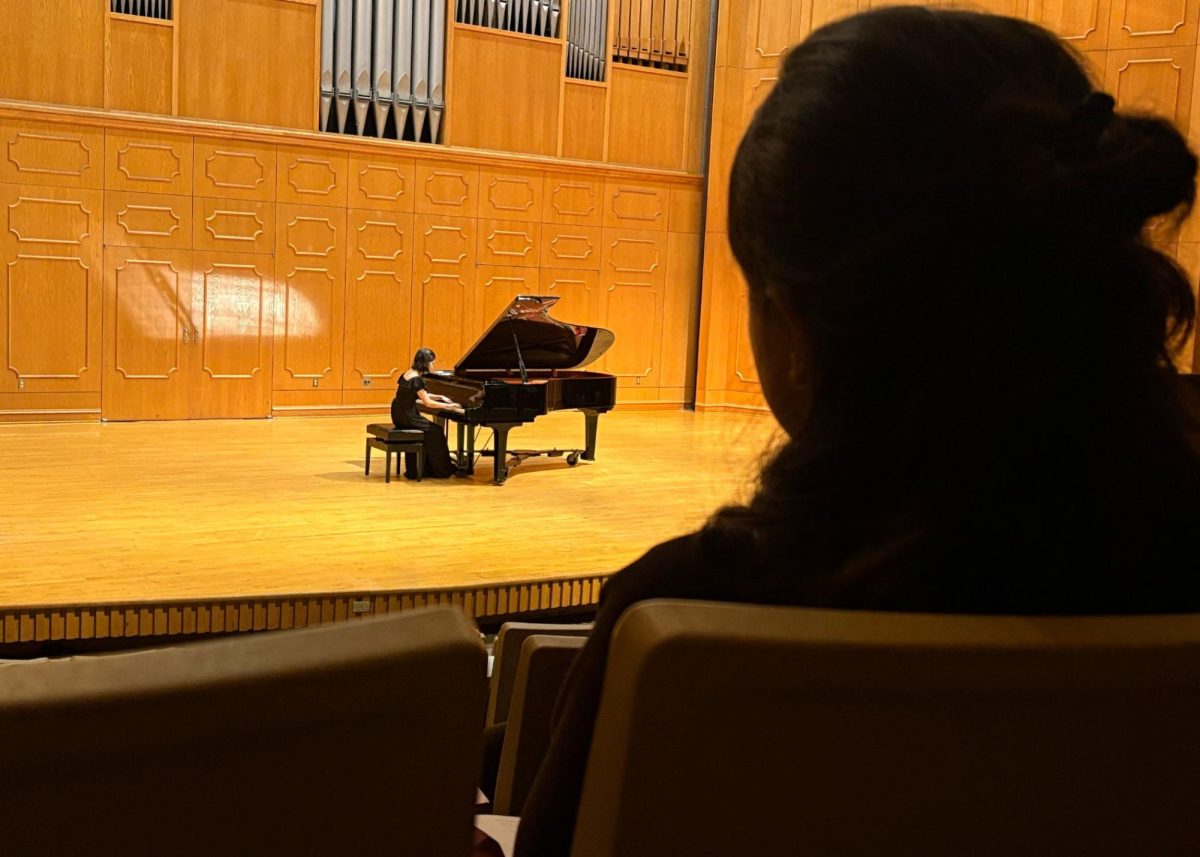
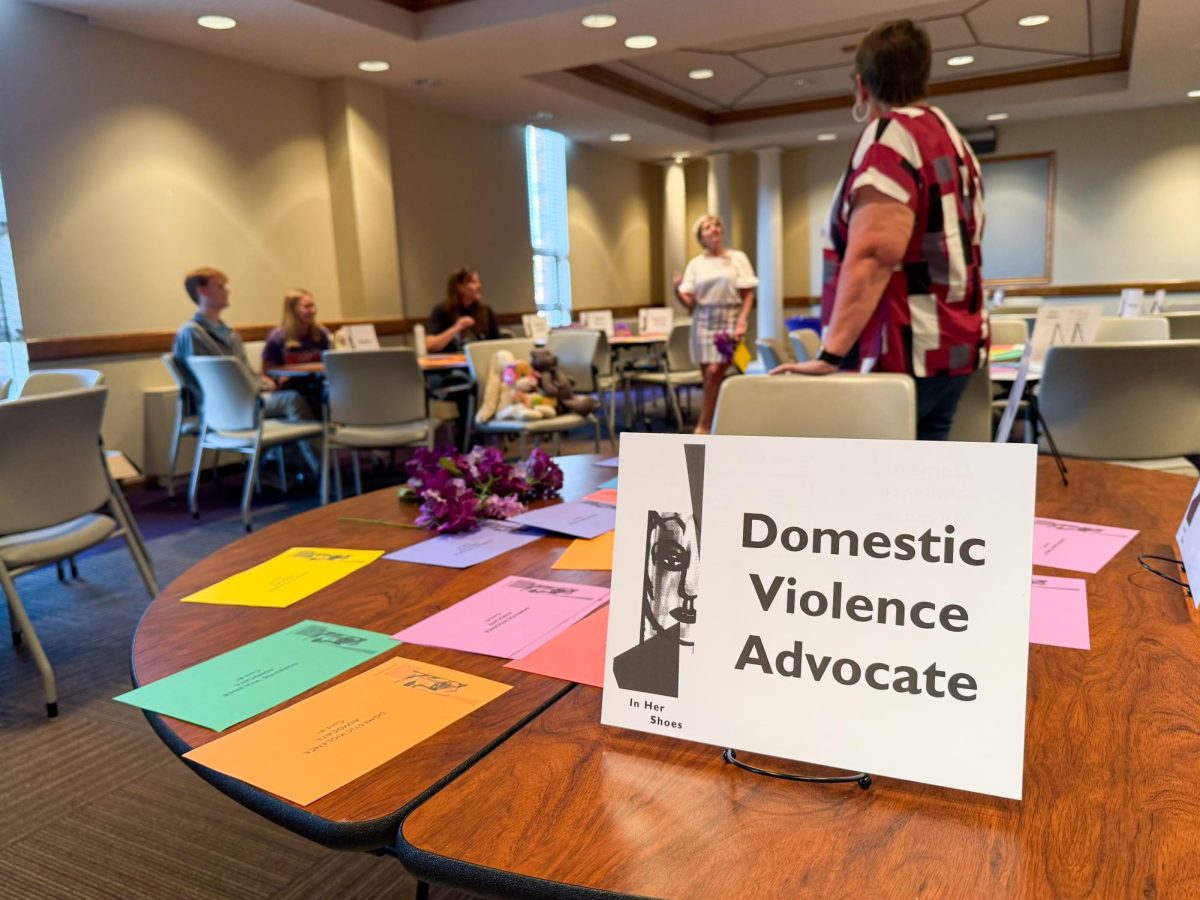

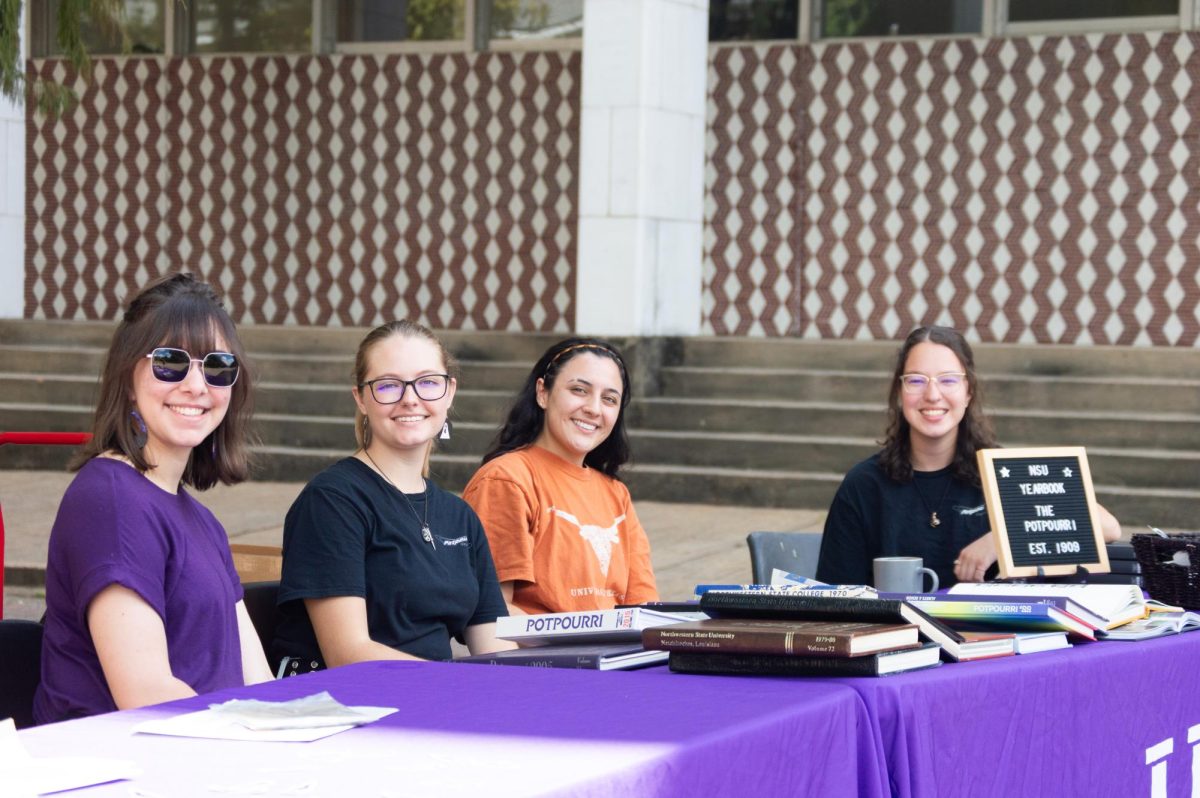
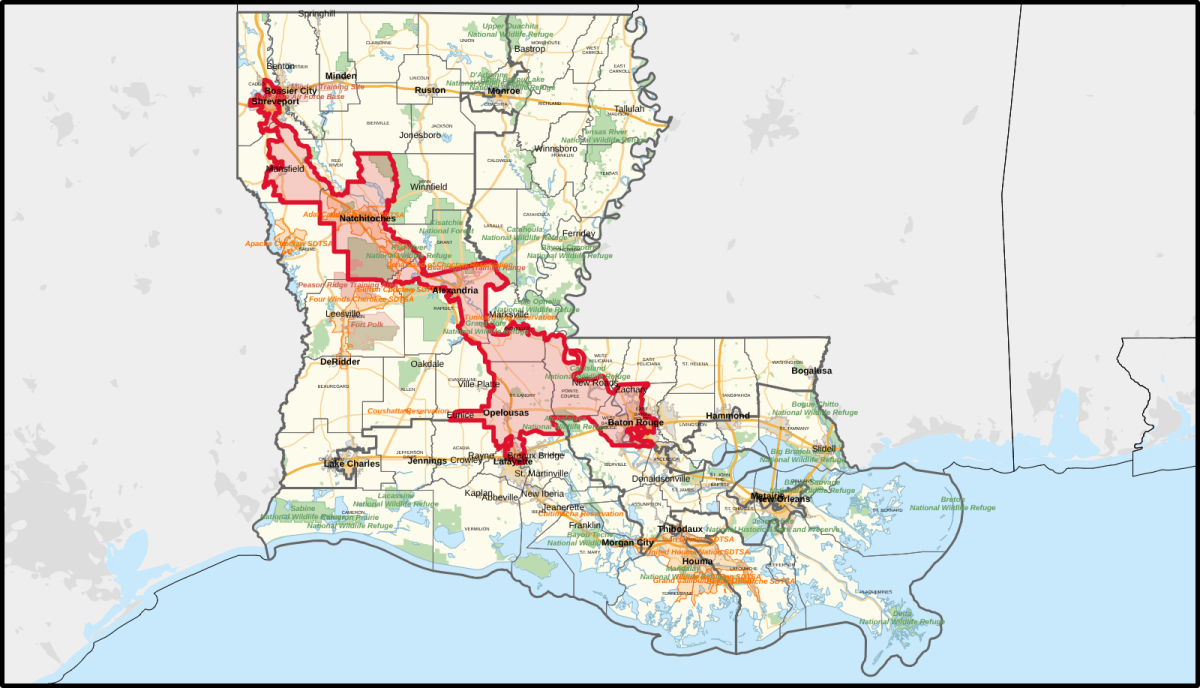

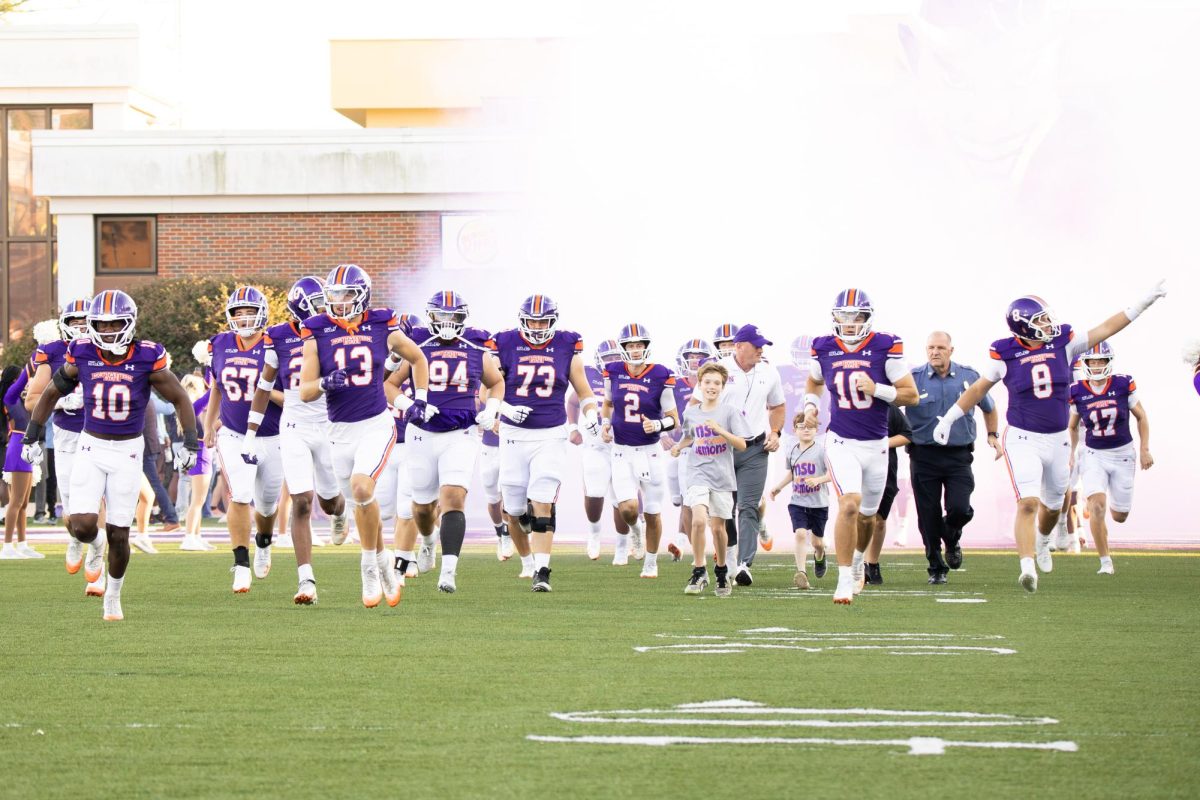

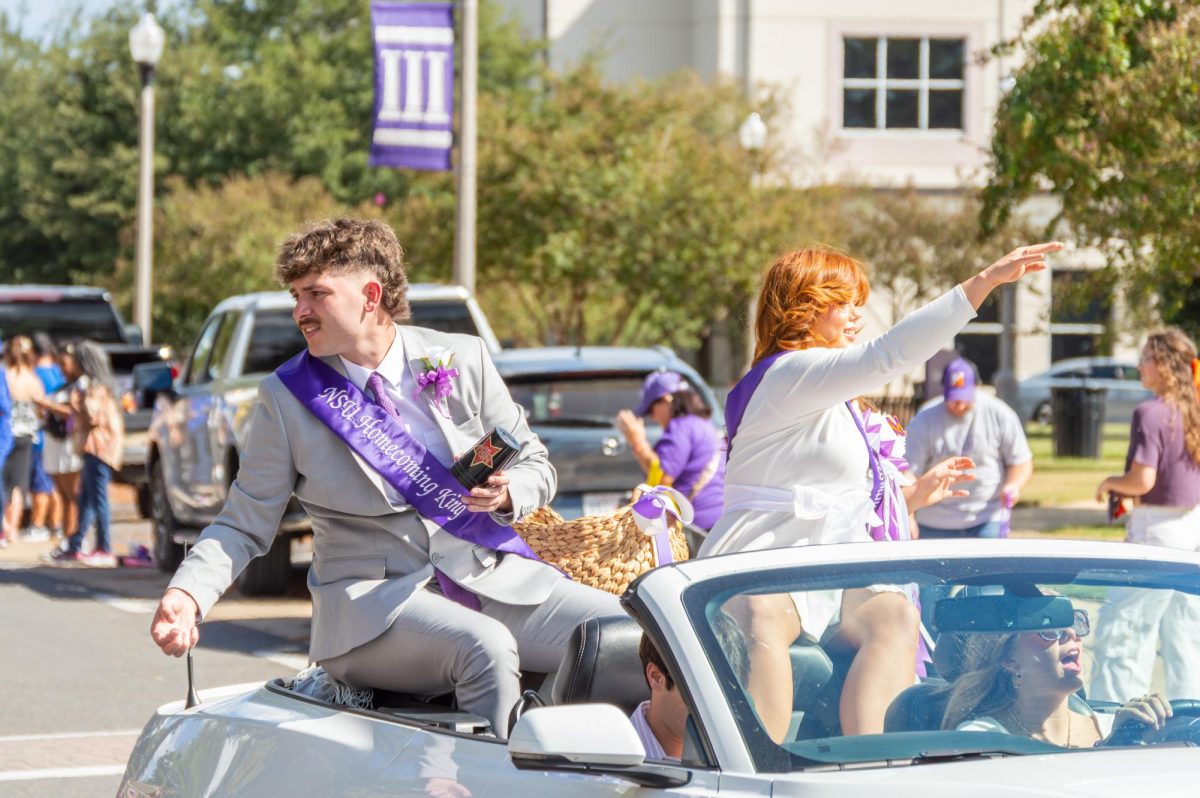

Melody Gilbert • Mar 6, 2024 at 7:50 am
Thank you for the lovely story about our movie and the impact of the screening on students 🙂